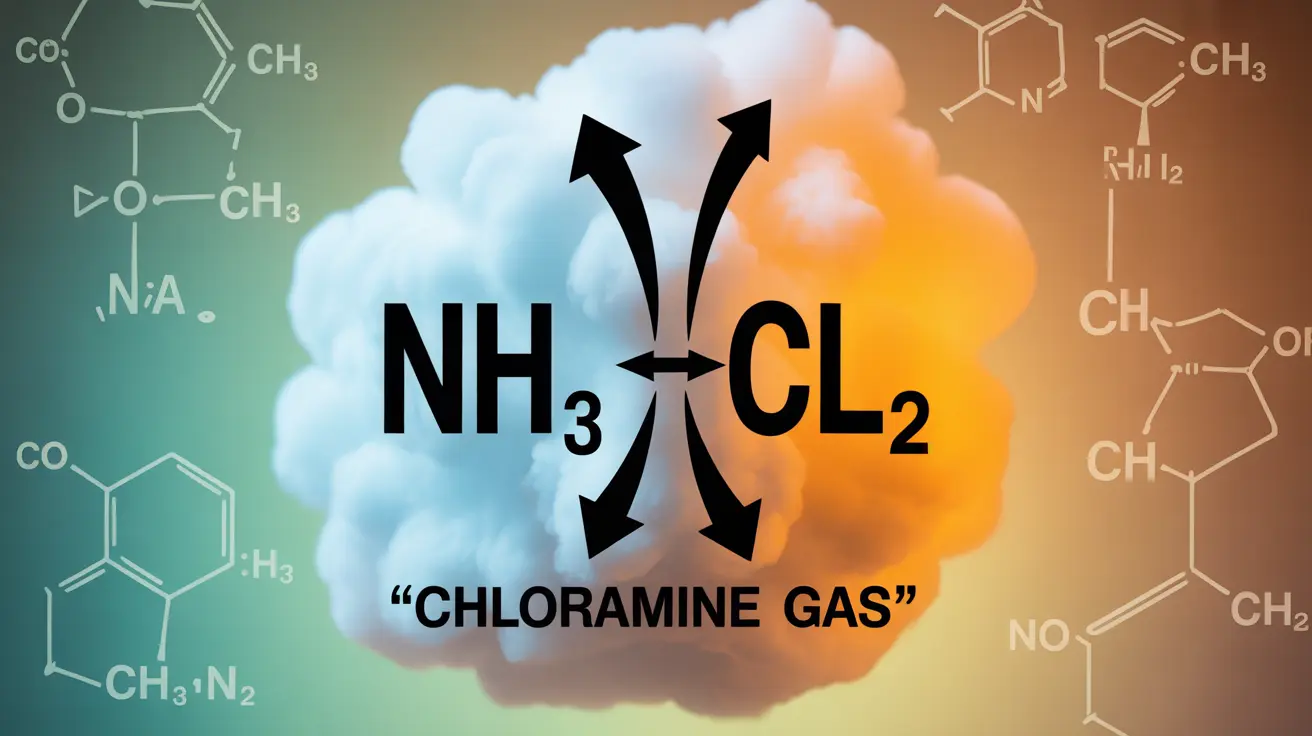The combination of bleach and urine creates a serious health hazard that many people unknowingly encounter in their daily lives. When these common substances mix, they produce dangerous chemical reactions that can lead to respiratory problems and other health complications. Understanding these risks is crucial for safe cleaning practices and preventing accidental exposure.
This comprehensive guide explores the chemical reactions that occur when bleach meets urine, the potential health risks, and safe alternatives for cleaning. We'll also provide essential information about what to do if you're exposed to these harmful fumes.
The Chemical Reaction Between Bleach and Urine
When bleach (sodium hypochlorite) comes into contact with urine, it triggers a chemical reaction that produces chloramine gas. This reaction occurs because urine contains ammonia, which immediately reacts with the chlorine in bleach. The resulting chloramine gases are toxic and can cause serious respiratory issues even in small amounts.
Health Risks and Dangers
Immediate Effects of Exposure
Exposure to chloramine gas can cause various immediate symptoms, including:
- Burning eyes and throat
- Coughing and wheezing
- Chest pain
- Difficulty breathing
- Nausea
- Watery eyes
- Nose irritation
Long-term Health Concerns
Prolonged or repeated exposure to chloramine gas can lead to more serious health complications, such as:
- Chronic respiratory issues
- Lung damage
- Pneumonia
- Chemical burns to the respiratory tract
- Aggravation of existing respiratory conditions
Safe Cleaning Practices
To avoid the dangers of mixing bleach and urine, follow these essential guidelines:
- Use enzyme-based cleaners specifically designed for urine cleanup
- Ensure proper ventilation when cleaning bathrooms
- Never mix cleaning products
- Clean up urine completely before using any bleach-based products
- Consider using vinegar-based solutions as a safer alternative
Emergency Response Guidelines
If you've been exposed to fumes from bleach and urine mixing, take these immediate steps:
- Leave the area immediately
- Move to fresh air
- Remove contaminated clothing
- Rinse affected skin with clean water
- Seek medical attention if symptoms are severe or persistent
Frequently Asked Questions
What happens when bleach mixes with urine and why is it dangerous?
When bleach mixes with urine, it creates toxic chloramine gas due to the reaction between the chlorine in bleach and ammonia in urine. This gas is dangerous because it can cause severe respiratory issues and other health problems, even in small amounts.
What are the symptoms of exposure to chloramine gas from bleach and urine?
Common symptoms include burning eyes, coughing, chest pain, difficulty breathing, nausea, and respiratory irritation. Severe exposure can lead to more serious complications like pneumonia and chemical burns in the respiratory tract.
Can peeing in a toilet with bleach in it cause health problems?
Yes, urinating in a toilet containing bleach can create toxic chloramine gas that may cause respiratory issues and other health problems. It's important to flush any bleach-based cleaning products before using the toilet.
How should I safely clean areas with urine if bleach can produce toxic gases?
Use enzyme-based cleaners specifically designed for urine cleanup, ensure proper ventilation, and never mix cleaning products. Vinegar-based solutions or other non-bleach cleaners are safer alternatives for cleaning areas with urine.
What should I do if I experience irritation after exposure to bleach and urine fumes?
Immediately move to fresh air, remove any contaminated clothing, rinse affected areas with clean water, and seek medical attention if symptoms are severe or persistent. It's important to ventilate the affected area and prevent others from entering until the fumes have dissipated.




